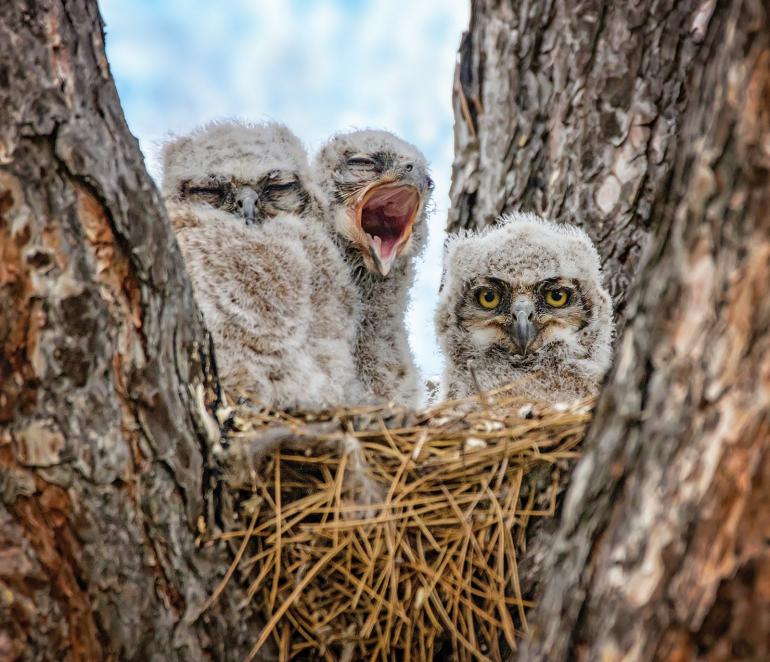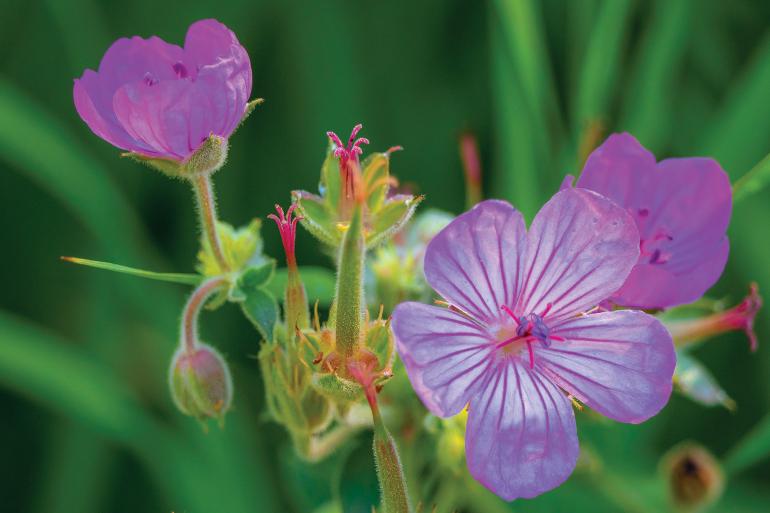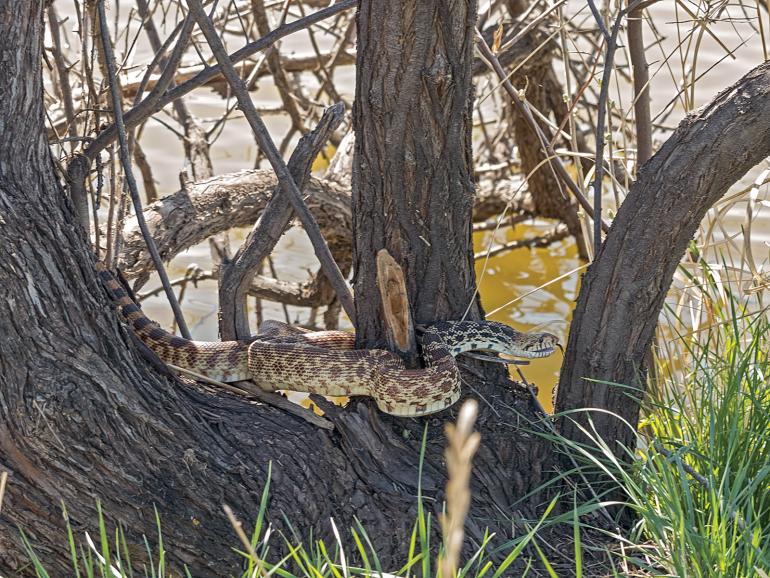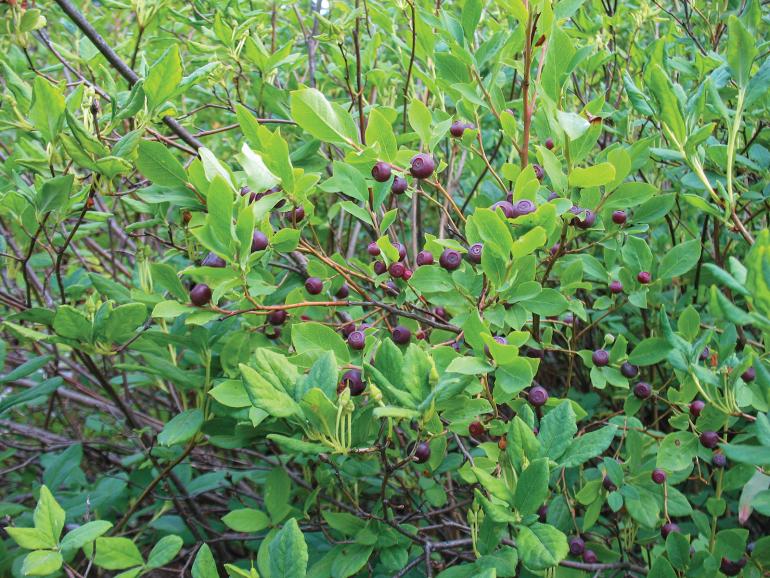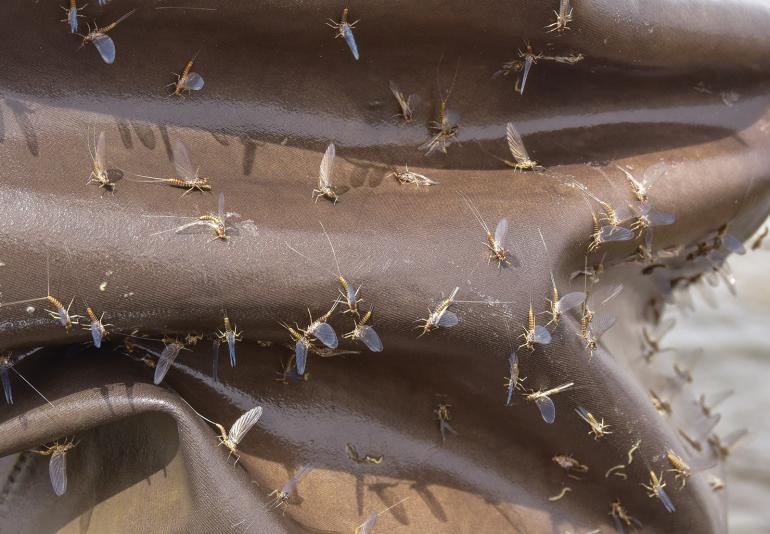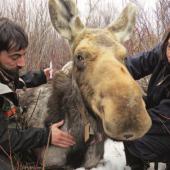Summer In Sight
Outdoor sign language, part four.
As the old adage goes, summer is for comfortable living, and everything is accessible. In the summertime, there are two places I prefer to be: in the valleys, floating down rivers; and in the alpine, hiking up mountains. Of course, there’s a lot in between, so let’s dive in and climb back out.
If you don’t listen, you don’t hear. If you don’t look, you don’t see.
Sight
When outdoors, search for the odd color, shape, or movement as new vistas come into view. First, look at the easy open surfaces. Then, more intently, look at the interface of landscape and vegetation types.
River shorelines are loaded with diversity and abundance. Mud margins of shallow water inlets harbor tracks of beaver, muskrat, great blue heron, raccoon, and mink.
Walk shorelines and search for the shucked exoskeletons of stonefly nymphs as they exit the water and become adults. Wade into the stream and lift loose rocks to see what aquatic insects are underneath.
Clouds of mayflies routinely frighten the naive who think of all flying insects as either mosquitoes or something harmful. These benign little angelic clear-winged insects are not only beautiful, but they also indicate healthy waters.
From lower elevations up into the alpine zone, progressive floral displays may continue all summer long. In some cases, taller wildflowers will shrink into dwarf versions. Cold, wind, dry climate, and intense ultraviolet light cause alpine plant communities to live close to the ground, forming dense “cushion” mats. Cinquefoil, fleabane, penstemon, vetch, paintbrush, bistort, moss campion, forget-me-not, and many more create a palette of colors.
Sound
Alarm calls of deer and pronghorn are often referred to as a “cough” or “sneeze,” while canid and elk alarm calls are often described as a “bark.” Many mammals produce contented or social sounds which may be described as mews, purrs, or a hum. They tend to be softer and more subtle.
You don’t have to know the species to know when you are hearing a nestling or fledgling bird plaintively begging for food. Look toward the sound and you may determine the individuals involved or nest location. With experience, you may learn to recognize individual species.
Immature great horned owls have confused many a camper. Their begging calls are variably described as a repetitive shriek, screech, or squawk that may go all night long.
One of the coolest snake sounds is when a gopher snake mimics a rattlesnake by flattening its head and rapidly striking its tail on the ground. This threat behavior is likely to make you think twice before approaching!
The ringing zing of a hummingbird always grabs my attention. Like a giant insect, the sound of the passing bird increases in volume and then fades.
Feel & Touch
If you run your fingers along the stem of sticky geranium, you will feel the stickiness of hair-like structures. It was only recently determined that the stickiness captures and digests insects. It’s a form of carnivory.
I have always enjoyed feeling the soft, fresh, bright green seasonal growth at the tip of a Douglas fir branch. By summer’s end the tip of each branch will be about one inch longer.
Feel the texture of stream bottoms. From cobble to gravel, followed by sand, silt, and clay, stream bottoms have distinctly different textures that indicate the geologic and hydrologic history of the area.
Scent & Taste
The “blueberry” fragrance of ripe huckleberries is distinct. The scent is a cue to search. Notice the tiny dwarf huckleberry the same way.
Juniper berries have a lovely scent. Take a berry, place it under your lip, and simply let it sit there. Enjoy the flavor and scent as you hike.
Willow shrubs have a characteristic and memorable warm-weather scent that is variously described as minty, creamy, or soft.
Mint is a favorite scent on riverbanks. If you find it, observe its abundance, pluck and crush some, and mix it with water and lemon for a refreshing drink. Make it strong for a near-spiritual experience. Add alcohol only in a secure situation!
As usual, research all edibles prior to consumption, and start with small amounts to detect possible allergic reactions.
Conclusion
If you don’t listen, you don’t hear. If you don’t look, you don’t see. The more experiences you have, the more you seek, expect, and find.
Ken Sinay is a longtime naturalist and wildlife guide. His website is yellowstonenow.com.


